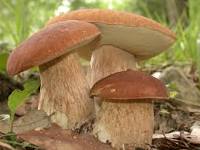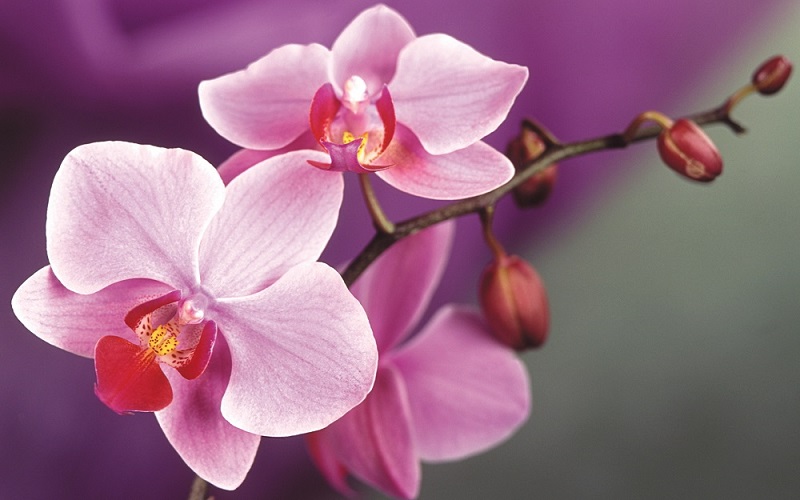Mini Sheet: Champignons et orchidees (Cinderellas 2012)
Champignons et orchidees (Cinderellas 2012)
01 January (Cinderellas ) within release Republique de Djibouti goes into circulation Mini Sheet Champignons et orchidees face value 4*150 West African CFA franc
| Mini Sheet Champignons et orchidees in catalogues | |
|---|---|
| Colnect codes: | Col:DJ 2012-05 |
Mini Sheet is square format.
Also in the issue Republique de Djibouti:
- Stamp - Pape Jean-Paul II face value 100;
- Stamp - Pape Jean-Paul II face value 100;
- Mini Sheet - Pape Jean-Paul II face value 10*100;
- Stamp - Pape Jean-Paul II face value 100;
- Stamp - Pape Jean-Paul II face value 100;
- Stamp - Pape Jean-Paul II face value 100;
- Stamp - Pape Jean-Paul II face value 100;
- Stamp - Pape Jean-Paul II face value 100;
- Stamp - Pape Jean-Paul II face value 100;
- Stamp - Pape Jean-Paul II face value 100;
- Stamp - Pape Jean-Paul II face value 100;
- Stamp - Pape Jean-Paul II face value 100;
- Stamp - Pape Jean-Paul II face value 100;
- Mini Sheet - Porte-Avions face value 3*170;
- Stamp - Furious face value 170;
- Stamp - Enterprise face value 170;
- Stamp - Coregeous face value 170;
- Mini Sheet - Porte-Avions face value 3*170;
- Stamp - Hermes face value 170;
- Stamp - Essex face value 170;
- Stamp - Arc Royal face value 170;
- Mini Sheet - Porte-Avions face value 2100;
- Stamp - Shi Lang face value 100;
- Stamp - HMAS Sydney P241 face value 200;
- Stamp - HMS Eagle R05 face value 300;
- Stamp - Minas Gerais A-11 face value 400;
- Stamp - Veinticinco de Mayo V-2 face value 500;
- Stamp - USS Kitty Hawk CV-63 face value 600;
- Mini Sheet - Porte-Avions face value 2100;
- Stamp - Shi Lang face value 100;
- Stamp - Clemenceau R98 face value 200;
- Stamp - HMCS Bonaventure CVL 22 face value 300;
- Stamp - HMS Ark Royal R09 face value 400;
- Stamp - Principe de Asturias R-11 face value 500;
- Stamp - USS Wasp LHD-1 face value 600;
- Mini Sheet - Pape Jean-Paul II face value 15*200;
- Stamp - Jean Paul II face value 200;
- Stamp - Jean Paul II face value 200;
- Stamp - Jean Paul II face value 200;
- Stamp - Jean Paul II face value 200;
- Stamp - Jean Paul II face value 200;
- Stamp - Jean Paul II face value 200;
- Stamp - Jean Paul II face value 200;
- Stamp - Jean Paul II face value 200;
- Stamp - Jean Paul II face value 200;
- Stamp - Jean Paul II face value 200;
- Stamp - Jean Paul II face value 200;
- Stamp - Jean Paul II face value 200;
- Stamp - Jean Paul II face value 200;
- Stamp - Jean Paul II face value 200;
- Stamp - Jean Paul II face value 200;
- Mini Sheet - Champignons et mineraux face value 4*150;
- Stamp - Azurite face value 150;
- Stamp - Agaricus campestris face value 150;
- Stamp - Lepiota bucknalli face value 150;
- Stamp - Tourmaline face value 150;
- Mini Sheet - Champignons et orchidees face value 4*150;
- Stamp - Huntleya face value 150;
- Stamp - Calocybe gambosa face value 150;
- Stamp - Lyophyllum decastes face value 150;
- Stamp - Zygopetalum crawshayanum face value 150;
- Mini Sheet - Champignons et pappilons face value 4*150;
- Stamp - Pararge aegeria face value 150;
- Stamp - Cortinarius dohroleucus face value 150;
- Stamp - Cortinarius mucifluoides face value 150;
- Stamp - Coenonympha oedippus face value 150;
- Mini Sheet - Champignons et orchidees face value 4*150;
- Stamp - Zygopetalum crinitum face value 150;
- Stamp - Cortinarius face value 150;
- Stamp - Cortinarius purpurascens face value 150;
- Stamp - Zygopetalum jorisianum face value 150;
- Mini Sheet - Champignons et mineraux face value 4*150;
- Stamp - Calcite face value 150;
- Stamp - Lepiota cristata face value 150;
- Stamp - Lepiota clypeolaria face value 150;
- Stamp - Malachite face value 150;
- Mini Sheet - Champignons et pappilons face value 4*150;
- Stamp - Kirinia roxelana face value 150;
- Stamp - Cortinarius claucopus face value 150;
- Stamp - Cortinarius elegantissimus face value 150;
- Stamp - Ypthima asterope face value 150;
- Mini Sheet - Champignons et hiboux face value 4*150;
- Stamp - Scotopelia face value 150;
- Stamp - Panus torulosus face value 150;
- Stamp - Tricholomopsis rutilans face value 150;
- Stamp - Glaucidium gnoma face value 150;
- Mini Sheet - Pape Jean-Paul II face value 10*100;
- Stamp - Pape Jean-Paul II face value 100;
- Stamp - Pape Jean-Paul II face value 100;
- Stamp - Pape Jean-Paul II face value 100;
- Stamp - Pape Jean-Paul II face value 100;
- Stamp - Pape Jean-Paul II face value 100;
- Stamp - Pape Jean-Paul II face value 100;
- Stamp - Pape Jean-Paul II face value 100;
- Stamp - Pape Jean-Paul II face value 100;
Mini Sheet Champignons et orchidees it reflects the thematic directions:
A mushroom (or toadstool) is the fleshy, spore-bearing fruiting body of a fungus, typically produced above ground on soil or on its food source. The standard for the name "mushroom" is the cultivated white button mushroom, Agaricus bisporus; hence the word "mushroom" is most often applied to those fungi (Basidiomycota, Agaricomycetes) that have a stem (stipe), a cap (pileus), and gills (lamellae, sing. lamella) on the underside of the cap. These gills produce microscopic spores that help the fungus spread across the ground or its occupant surface. "Mushroom" describes a variety of gilled fungi, with or without stems, and the term is used even more generally, to describe both the fleshy fruiting bodies of some Ascomycota and the woody or leathery fruiting bodies of some Basidiomycota, depending upon the context of the word. Forms deviating from the standard morphology usually have more specific names, such as "bolete", "puffball", "stinkhorn", and "morel", and gilled mushrooms themselves are often called "agarics" in reference to their similarity to Agaricus or their order Agaricales. By extension, the term "mushroom" can also designate the entire fungus when in culture; the thallus (called a mycelium) of species forming the fruiting bodies called mushrooms; or the species itself.
The Orchidaceae are a diverse and widespread family of flowering plants, with blooms that are often colourful and often fragrant, commonly known as the orchid family. Along with the Asteraceae, they are one of the two largest families of flowering plants. The Orchidaceae have about 28,000 currently accepted species, distributed in about 763 genera. The determination of which family is larger is still under debate, because verified data on the members of such enormous families are continually in flux. Regardless, the number of orchid species nearly equals the number of bony fishes and is more than twice the number of bird species, and about four times the number of mammal species. The family also encompasses about 6–11% of all seed plants. The largest genera are Bulbophyllum (2,000 species), Epidendrum (1,500 species), Dendrobium (1,400 species) and Pleurothallis (1,000 species). The family also includes Vanilla (the genus of the vanilla plant), Orchis (type genus), and many commonly cultivated plants such as Phalaenopsis and Cattleya. Moreover, since the introduction of tropical species into cultivation in the 19th century, horticulturists have produced more than 100,000 hybrids and cultivars.


